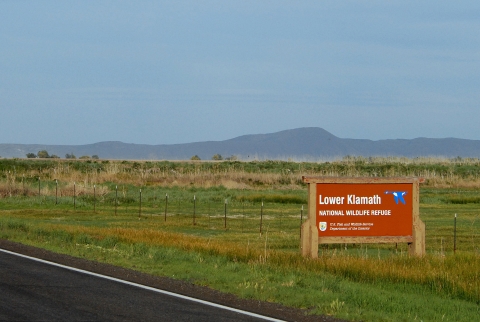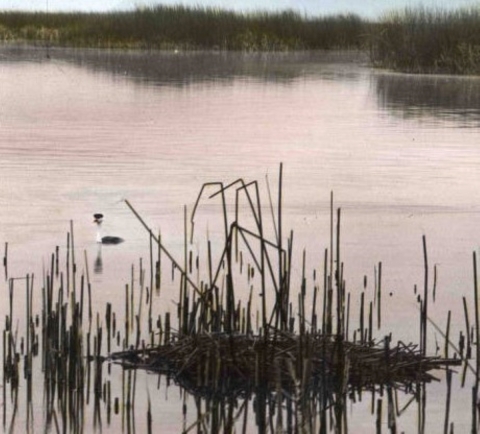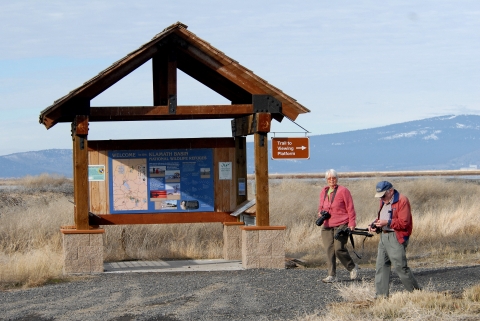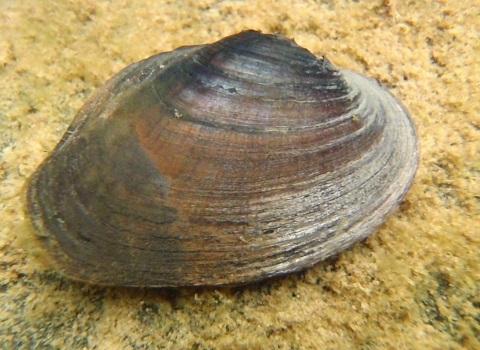“There can be no greater issue than that of conservation in this country,” said President Theodore Roosevelt, who established Pelican Island National Wildlife Refuge on March 14, 1903. This was the first of many refuges which would eventually comprise the U.S. Fish and Wildlife Service’s National Wildlife Refuge System.
Now, 120 years later, the National Wildlife Refuge System protects and preserves diverse wildlife habitats, lands, and waters. With more than 560 refuges and nearly 40 wetland management districts throughout the country, there is at least one in every state.
In the Pacific Southwest Region, which includes California, Nevada, and southern Oregon, there are 45 national wildlife refuges and five wildlife management areas, comprising more than 2.8 million acres of public lands.
In 1908, the Lower Klamath National Wildlife Refuge was established by President Roosevelt as the nation’s first waterfowl refuge. This 46,900-acre refuge provides feeding, resting, nesting and rearing habitat for waterfowl, making it a key stop-over for migrating birds.
Tule Lake and Upper Klamath refuges were later established in 1928. Tule Lake’s 39,116-acre refuge also provides essential habitat for migratory birds, including tens of thousands of waterfowl, shorebirds, and songbirds. The Upper Klamath National Wildlife Refuge is unique as it comprises over 23,000 acres and is home to over 350 bird species and visitors can often spot bald eagles and nesting osprey nearby.
These refuges are part of a complex of six National Wildlife Refuges in the Klamath Basin, whose combined mission is to protect what remains of what once was the largest wetlands area west of the Mississippi River.
But the Klamath Basin refuges have been facing a significant water crisis due to drought conditions and lack of water allocations, resulting in the loss of habitat for waterfowl and other species.
“The current water crisis in the Klamath Basin is greatly impacting fish and wildlife that rely on wetland ecosystems,” said Klamath Basin Refuge’s Supervisory Fish and Wildlife Biologist, John Vradenburg. “Many species are having a hard time finding adequate habitat and resources, which can have a long-lasting impact on their populations and overall health of the ecosystem.”
However, through partnerships and funding opportunities from the Bipartisan Infrastructure Law and the Inflation Reduction Act, the Service is working to mitigate this crisis and ensure that the Klamath Basin’s unique natural resources are protected so they may be enjoyed by future generations. In 2022, the Bipartisan Infrastructure Law Bipartisan Infrastructure Law
The Bipartisan Infrastructure Law (BIL) is a once-in-a-generation investment in the nation’s infrastructure and economic competitiveness. We were directly appropriated $455 million over five years in BIL funds for programs related to the President’s America the Beautiful initiative.
Learn more about Bipartisan Infrastructure Law invested $26 million in the Klamath Basin for 33 ecosystem restoration projects to improve fish and wetland habitats throughout this unique landscape.
“Funding provided by the Bipartisan Infrastructure Law will improve wetland habitat on both Lower Klamath and Tule Lake national wildlife refuges for waterfowl, wetland-associated birds, and other fish and wildlife by improving access to alternative water sources, including from drainage and irrigation return flows, and increasing capacity to manage and move water through different parts of the refuges,” said Klamath Basin National Wildlife Refuge Complex Manager, Greg Austin.
While today’s Klamath Basin wetlands represent just a small fraction of what existed in prior years, historically this vast and diverse wetland complex supported over 80 percent of all waterfowl in the Pacific Flyway during the spring and fall, providing critical stopover habitat in which they can feed, rest, and regroup before continuing their difficult migrations north and south.
"We must work together to find solutions that balance the needs of humans as well as fish and wildlife, ensuring that these important habitats and the broader watershed benefits they support are protected and restored. The Klamath Basin wetlands are essential for the recovery of species, future water security, and communities throughout the watershed," Vradenburg noted.
Despite the challenges refuges are facing, the Service remains committed to protecting and preserving these important habitats and the wildlife that depend on them.
“As someone who has worked and lived in the Klamath Basin for over 20 years, I have seen firsthand the incredible diversity of wildlife that the area supports,” said Service Fish and Wildlife Biologist, Greg Gray.
Whether the refuge you choose to visit is in the wetlands, mountains or desert, nature is there waiting to be discovered. Pack your equipment, cameras, and use the Beginner’s Guide to the National Wildlife Refuge System, a tool which may help you explore any of the Service’s public lands within the National Wildlife Refuge System.







